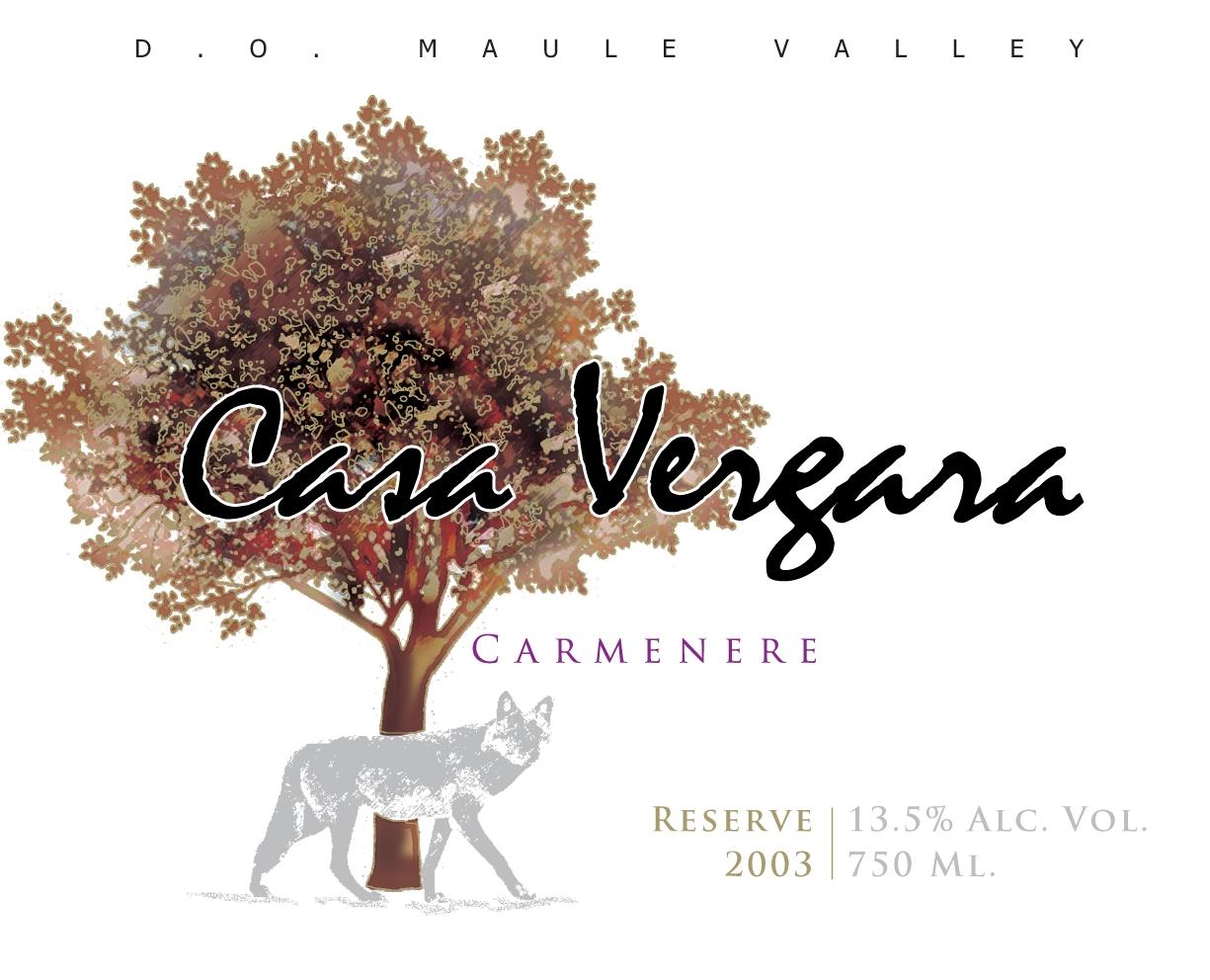2003 Maule Valley Carmenere
The Casa Vergara Reserve Carmenere from the esteemed Maule Valley is a striking red wine that showcases the unique terroir of this renowned region. With an elegant and full-bodied profile, it captivates the palate with its deep flavors of ripe blackcurrant and dark cherries, complemented by subtle herbal notes that evoke the essence of its Chilean origin. The wine's acidity is bright and refreshing, enhancing its fruit character while maintaining balance. Tannins are notably structured yet smooth, providing a sturdy backbone that supports the wine’s complexity and depth. As a dry wine, it leaves a lingering finish that invites you to savor every sip, making it a remarkable choice for food pairings or enjoyment on its own.
The Casa Vergara Reserve Carmenere from the esteemed Maule Valley is a striking red wine that showcases the unique terroir of this renowned region. With an elegant and full-bodied profile, it captivates the palate with its deep flavors of ripe blackcurrant and dark cherries, complemented by subtle herbal notes that evoke the essence of its Chilean origin. The wine's acidity is bright and refreshing, enhancing its fruit character while maintaining balance. Tannins are notably structured yet smooth, providing a sturdy backbone that supports the wine’s complexity and depth. As a dry wine, it leaves a lingering finish that invites you to savor every sip, making it a remarkable choice for food pairings or enjoyment on its own.




